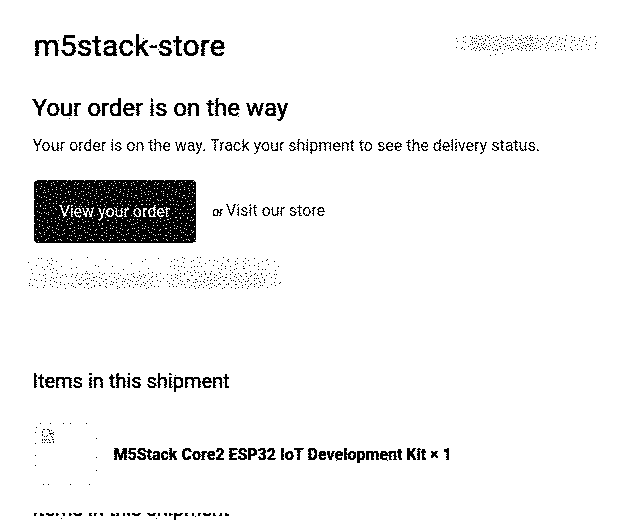 Coffee Space
Coffee Space 

This is a continuation of the Linux PDA project, where
I’ve dropped the ‘Linux’ part due to the fact it will no longer be
supported.
I finally purchased the M5 stack and that will hopefully arrive before Christmas some time:

As I said in part 3, we have dropped the requirement for Linux support and this appears to be the best solution at the lowest cost that could become a daily driver during development.
In the end it cost $77.24 NZD (including shipping) ($52.13 USD or £39.31 at the time of writing). For this cost, we should have essentially all of the hardware required to try out all of the ideas that I have.
Update: Since I started writing this, it arrived. In the end it came just after Christmas.

As you can see, the hardware appears to work well and the demo is really quite sexy. After spending some time with Pine64 products, it feels weird to have something arrive that just works out of the box 1!
As I write this update, it sits there with the display on, so that I may gauge how long I could reasonably expect out of the battery life.
I previously discussed some ideas around the software architecture, and after having some time to think, these ideas have somewhat crystallized:
In general, the plan will be to get the minimum project up and running as quickly as possible, so that I can begin to daily drive the device. I will therefore need a plan of attack:
Stay turned for further updates!